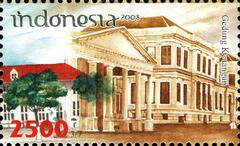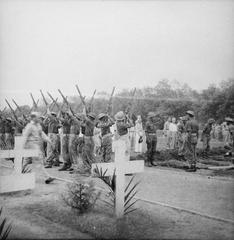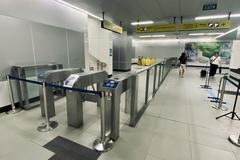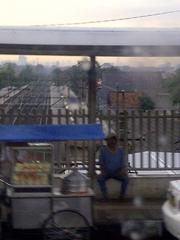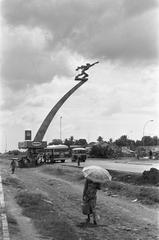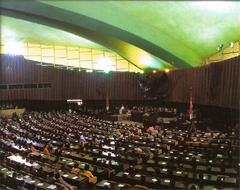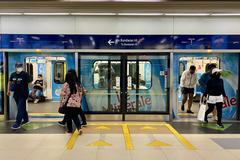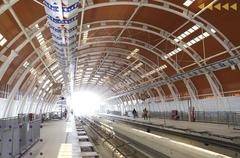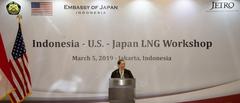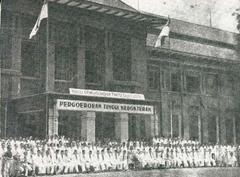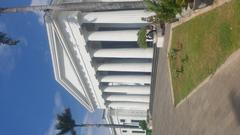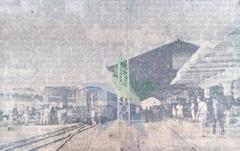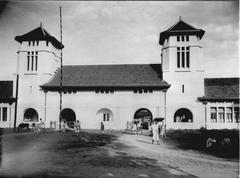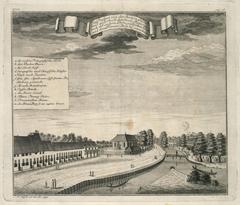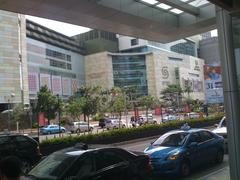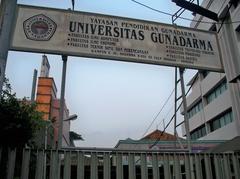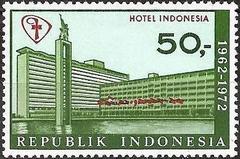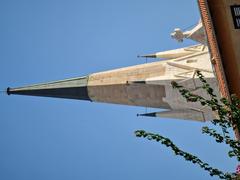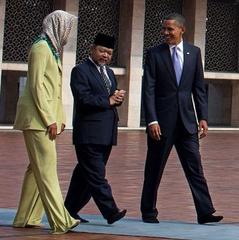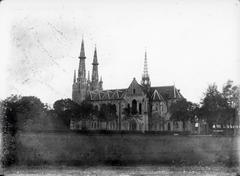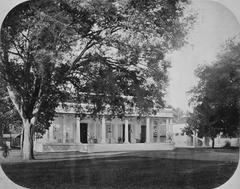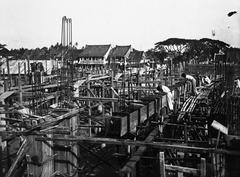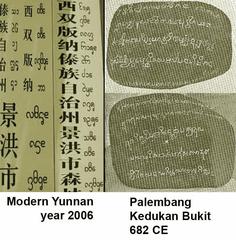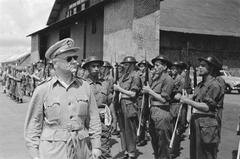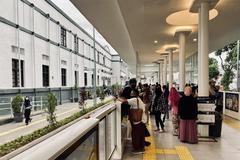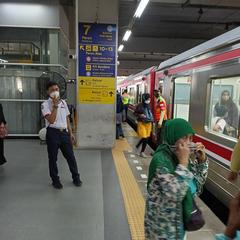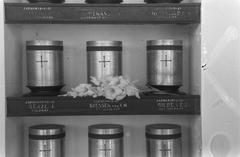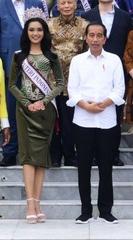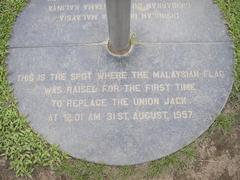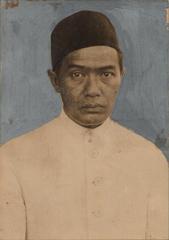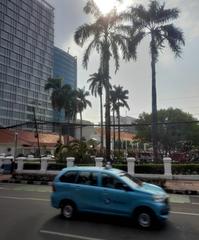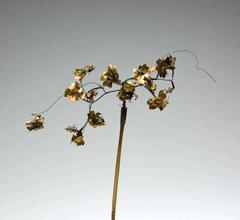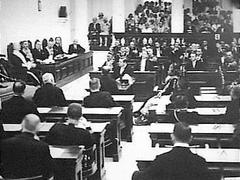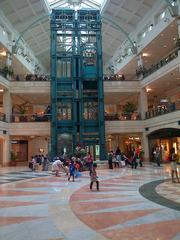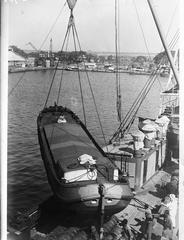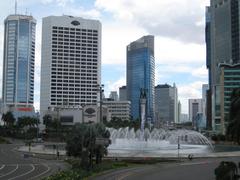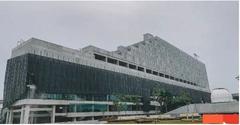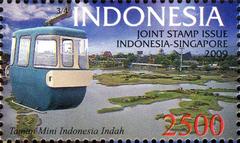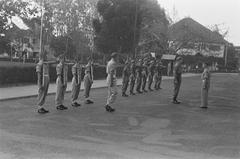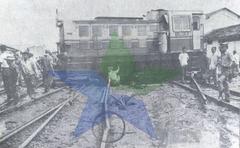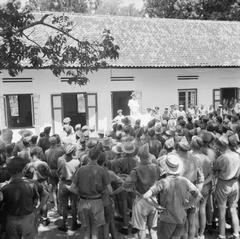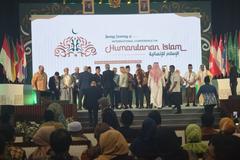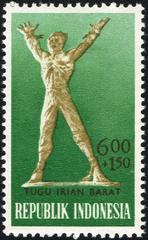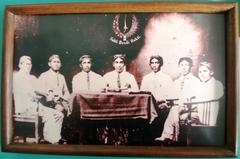Guide to Visiting Kota Tua Jakarta, Jakarta, Indonesia
Date: 18/07/2024
Introduction
Kota Tua Jakarta, often referred to as Old Batavia, is a mesmerizing historical district in Jakarta, Indonesia, that captures the colonial essence of the city. Established by the Dutch East India Company (VOC) in 1619, this area was once the administrative and commercial heart of the Dutch East Indies. With its well-preserved Dutch-style buildings, such as the Jakarta History Museum and the Wayang Museum, Kota Tua offers a fascinating blend of historical, cultural, and architectural heritage (Jakarta History Museum, Wayang Museum). Today, the district stands as a vibrant cultural hub, hosting various events and festivals that draw both locals and tourists. Whether you’re a history enthusiast eager to explore the colonial past or a traveler looking to experience Jakarta’s rich cultural tapestry, Kota Tua Jakarta promises an unforgettable journey through time.
Table of Contents
- [Introduction](#introductionintroduction)
- [Colonial Beginnings](#colonial-beginningscolonial-beginnings)
- [Architectural Heritage](#architectural-heritagearchitectural-heritage)
- [Cultural Melting Pot](#cultural-melting-potcultural-melting-pot)
- [Economic Significance](#economic-significanceeconomic-significance)
- [Decline and Preservation](#decline-and-preservationdecline-and-preservation)
- [Modern-Day Significance](#modern-day-significancemodern-day-significance)
- [Visitor Tips](#visitor-tipsvisitor-tips)
- [Visitor Information](#visitor-informationvisitor-information)
- [Photographic Spots](#photographic-spotsphotographic-spots)
- [Frequently Asked Questions (FAQ)](#frequently-asked-questions-faqfrequently-asked-questions-faq)
- [Conclusion](#conclusionconclusion)
Colonial Beginnings
Kota Tua Jakarta dates back to the early 16th century and was a bustling port town established by the Dutch East India Company (VOC) in 1619. Chosen for its strategic position along the Sunda Kelapa harbor, the town, originally named Batavia, became the administrative and commercial hub of the Dutch East Indies.
Architectural Heritage
The architecture of Kota Tua Jakarta is a testament to its colonial past. The area is replete with Dutch-style buildings, many of which have been preserved and restored. Notable structures include the Jakarta History Museum (formerly the Stadhuis or City Hall), built in 1710, and the Wayang Museum, originally a church built in 1640. The Fine Arts and Ceramics Museum, housed in a former Court of Justice building, features a collection of Indonesian fine arts and ceramics dating back to the 16th century.
Cultural Melting Pot
Kota Tua Jakarta was a melting pot of various cultures, attracting traders, laborers, and settlers from China, India, Arabia, and other parts of Southeast Asia. This cultural diversity is evident in the architecture, cuisine, and traditions preserved in the area. The Chinese influence, for instance, can be seen in the Jin De Yuan Temple, one of the oldest Chinese temples in Jakarta, built in 1650.
Economic Significance
During its peak, Kota Tua Jakarta was a vital economic center. The Sunda Kelapa harbor facilitated the export of spices, coffee, tea, and other commodities. The VOC’s monopoly on the spice trade made Batavia one of the wealthiest cities in the Dutch East Indies, leading to the establishment of various institutions, including banks, trading houses, and warehouses.
Decline and Preservation
The decline of Kota Tua Jakarta began in the late 18th century when the Dutch moved their administrative center to Weltevreden (now Central Jakarta). However, efforts to preserve and restore Kota Tua Jakarta began in the late 20th century. In 1972, the Indonesian government declared Kota Tua a cultural heritage site, and various restoration projects have been undertaken since then.
Modern-Day Significance
Today, Kota Tua Jakarta is a popular tourist destination and a symbol of Jakarta’s rich historical and cultural heritage. The area hosts various cultural events, festivals, and exhibitions that attract both locals and tourists. Fatahillah Square, located in the heart of Kota Tua, is a vibrant public space where visitors can enjoy street performances, art installations, and local cuisine.
Visitor Tips
For those planning to visit Kota Tua Jakarta, here are some essential tips:
- Best Time to Visit: The best time to visit is during the dry season, from May to September, to avoid the heavy rains.
- Getting There: Kota Tua is accessible by public transportation, including the TransJakarta bus service and the commuter train (KRL). The Jakarta Kota Station is within walking distance of the main attractions.
- Guided Tours: Consider joining a guided tour to gain deeper insights. Many tours are available in multiple languages.
- Local Cuisine: Try local dishes such as nasi goreng (fried rice), satay, and gado-gado (vegetable salad with peanut sauce).
- Safety: While generally safe, stay vigilant and keep an eye on personal belongings, especially in crowded areas.
Visitor Information
- Opening Hours: Most attractions in Kota Tua Jakarta are open from 8 AM to 5 PM. It’s always best to check specific visiting hours before planning your trip.
- Tickets: Entry fees vary by attraction. For example, the Jakarta History Museum charges a nominal fee for entrance. Combo tickets for multiple attractions are also available.
- Special Events: Kota Tua hosts several annual events, including the Jakarta Biennale and various cultural festivals. Check local listings for event dates and details.
Photographic Spots
Kota Tua Jakarta offers numerous picturesque spots perfect for photography. Fatahillah Square, with its historical buildings and vibrant atmosphere, is a favorite among photographers. The old Dutch buildings and the scenic canal also offer great photo opportunities.
Frequently Asked Questions (FAQ)
- What are the visiting hours for Kota Tua Jakarta? Most attractions are open from 8 AM to 5 PM. It’s advisable to check specific visiting hours.
- How much are the tickets for Kota Tua Jakarta? Ticket prices vary by attraction. The Jakarta History Museum, for instance, charges a nominal entrance fee.
- What events can I attend in Kota Tua Jakarta? The area hosts various events such as the Jakarta Biennale and cultural festivals. Check local listings for details.
- Is Kota Tua Jakarta safe for tourists? Yes, but it’s advisable to stay vigilant and keep an eye on personal belongings.
Conclusion
Kota Tua Jakarta serves as a living museum of Jakarta’s colonial past, offering visitors a unique glimpse into the history, culture, and architecture of the Dutch East Indies era. From exploring the historical Fatahillah Square to delving into the intricate art of wayang puppetry at the Wayang Museum, every corner of Kota Tua tells a story of a bygone era. The area’s preservation efforts and modern-day significance as a cultural hub make it an essential destination for anyone visiting Jakarta. Whether you’re wandering through the Jakarta History Museum or enjoying a meal at Café Batavia, Kota Tua provides a rich, immersive experience that bridges the past and present. For those planning to visit, the best time is during the dry season from May to September to enjoy the outdoor attractions without the interruption of heavy rains (Jakarta History Museum, Café Batavia). Stay informed about special events, guided tours, and practical tips to ensure a memorable visit.
References
- Visiting Kota Tua Jakarta - History, Significance, Tips, and More, 2024 source
- Discover Kota Tua Jakarta - Visiting Hours, Tickets, and Must-See Historical Sites, 2024 source
- Essential Tips for Visiting Kota Tua Jakarta - Hours, Tickets, Attractions, and More, 2024 source
- Jakarta History Museum, 2024 source
- Wayang Museum, 2024 source
- Café Batavia, 2024 source
